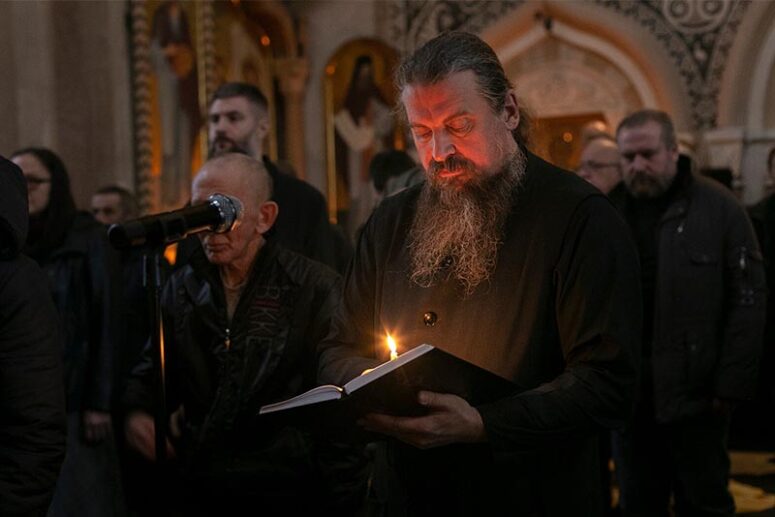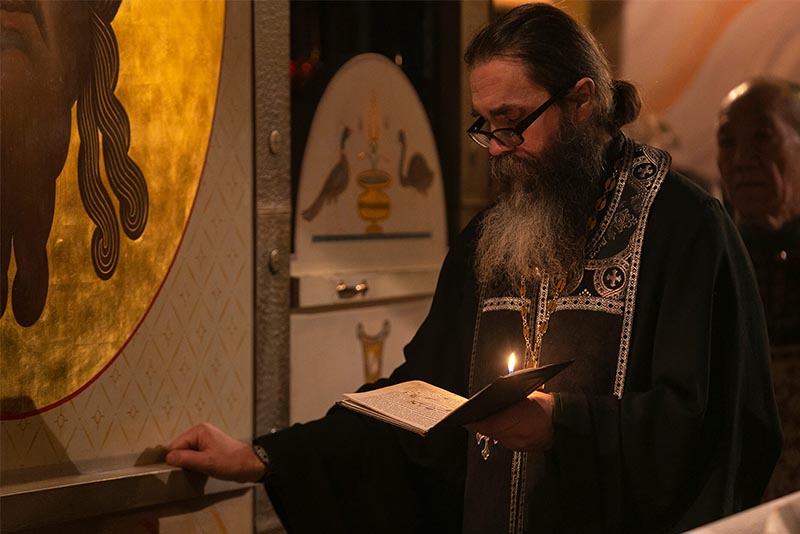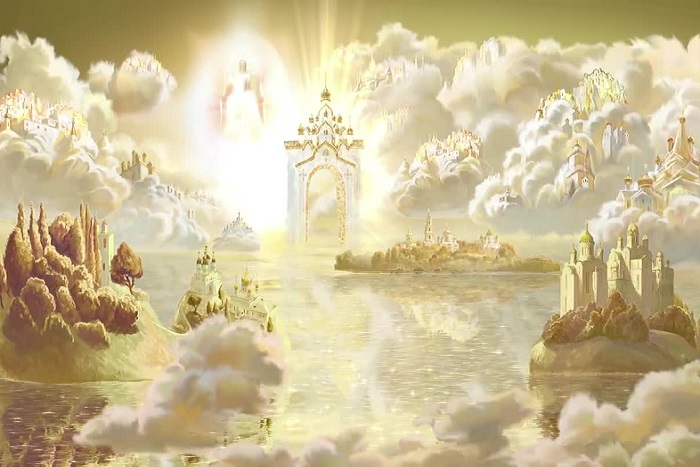
Many appreciate the Great Lenten singing of Psalm 141, “May my prayer be set before You,” which has become a standalone part of the divine service. Let’s delve into it today.
Psalm 141, penned by King David, is familiar year-round but gains new depth during Lent. Those who have attended a Liturgy of the Presanctified Gifts will recall the poignant moment when usually a trio of choristers sings, “May my prayer be set forth before thee as incense; and the lifting up of my hands as the evening sacrifice.”
In our flawed human condition, a state of repentance often feels more natural than joy, and Psalm 141 resonates deeply during these solemn days.
Historically, “May my prayer be set before You” was sung by Jews during home prayers, alongside the evening sacrifice in the Jerusalem temple. By the early Christian era, this Psalm had integrated into the evening worship across Eastern and Western traditions.
By the fourth to fifth centuries, it was associated with the ritual of lighting evening lamps and censing, linked with the singing of “Oh Lord I Have Cried” (a group of psalms and stichera). We hear the chant “May my prayer be set before You” in its entirety during the Liturgy of the Presanctified Gifts.
In our liturgical tradition, the service combines with Vespers, with Psalm 141 marking its conclusion. The practice traces back to Antiochian customs, while in Palestine, as per the rules of St Sabbas the Sanctified, it was reserved for Saturday Vespers only.
Earliest references to its use in the Byzantine capital are found in the Paschal Chronicle of 615. The “Typikon of the Great Church,” detailing service practices from the ninth to eleventh centuries, describes using Psalm 141’s verses as a prokeimenon during the Liturgy of the Presanctified Gifts, except on specific days of Cheesefare Week.

Today, many communities sing Psalm 141 in the nave’s center or before the ambo, a practice likely originating from Constantinople, where it was sung by a single chanter on the ambo.
The Stoudios Monastery tradition, echoing the Constantinopolitan rite, involves the priest censing while the congregation kneels and repeats the psalm verses after the chanter.
The modern practice of Vespers with the Liturgy of the Presanctified Gifts harks back to the seventh century. Notably, “May my prayer be set before You” is not sung during a full Liturgy today, a shift from practices predating Patriarch Nikon of Moscow, when Psalm 141 featured in services like the Annunciation and the Presentation of Christ during Great Lent’s first week.
The phrase “the lifting up of my hands as the evening sacrifice” within the Psalm intrigued me from my first hearing. It references the evening sacrifice, yet what relevance does this have in a Christian context, particularly during an abridged Liturgy?
Theodoret of Cyrus clarifies that King David was aligning prayer with virtuous acts. St. Athanasius the Great adds that deeds of the hands surpass our mental offerings to God, suggesting an evening reflection on our actions’ virtues or failings.
Thus, let us engage deeply with the liturgy and its texts, enhancing our communion with God for our spiritual benefit now and eternally.
Translated by The Catalogue of Good Deeds
Source: https://spzh.media/ru/istorija-i-kulytrua/87419-da-ispravitsya-molitva-moja-istorija-odnogo-pesnopenija





May my prayer be set forth before thee as incense; and the lifting up of my hands as the evening sacrifice.”
Thank y’all so much for translating this into English. May God bless y’all always.
Thanks be to God!
\\o// The Indian (Malankara) Orthodox tradition the Psalm 140,141,116, 118 are read Musmoor with Vespers both in the liturgical calendar Sleeba and Kyamtha – As Revelation 5:8 teaches, incense is the visible sign of the prayers of all God’s people and in all places. Incense was brought to Christ as a gift at His birth by one of the three magus. In the services of the Church, incense is also a symbol of prayer to God as a sign of honour and dedication. [Blessed St Georges’ Day- 2024]